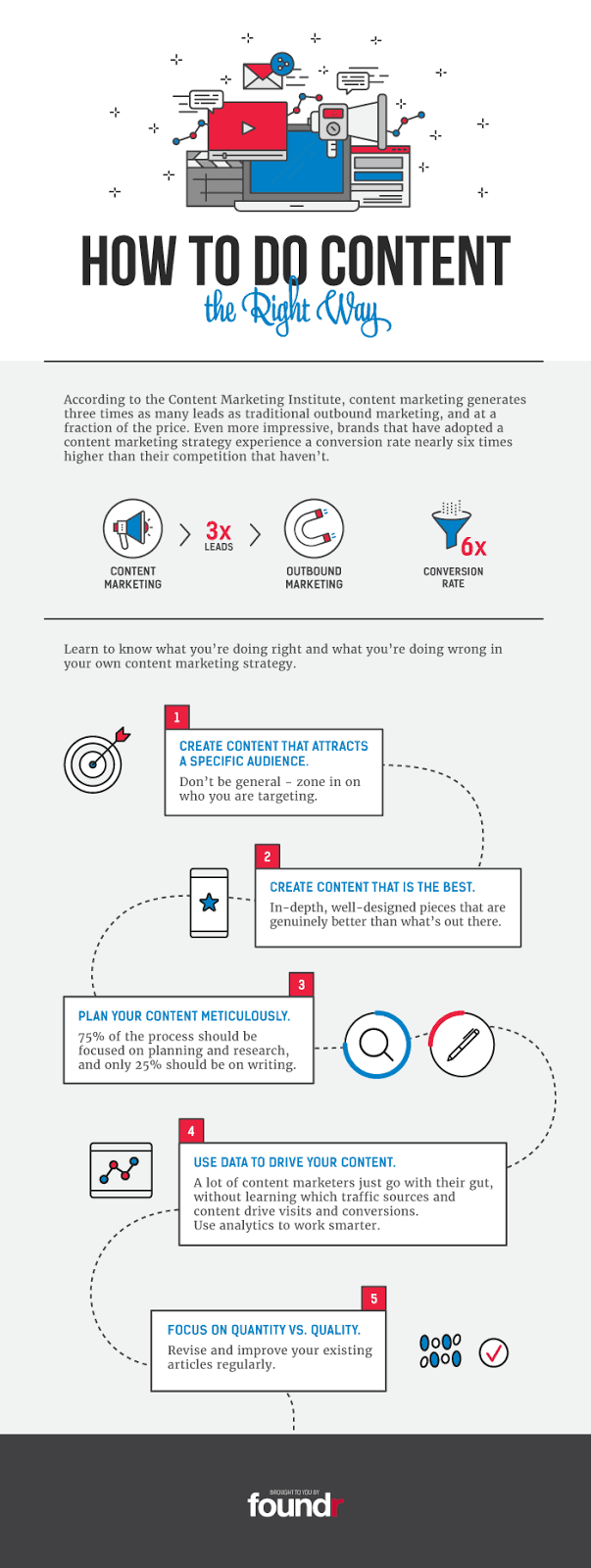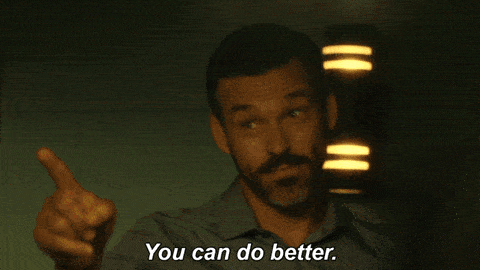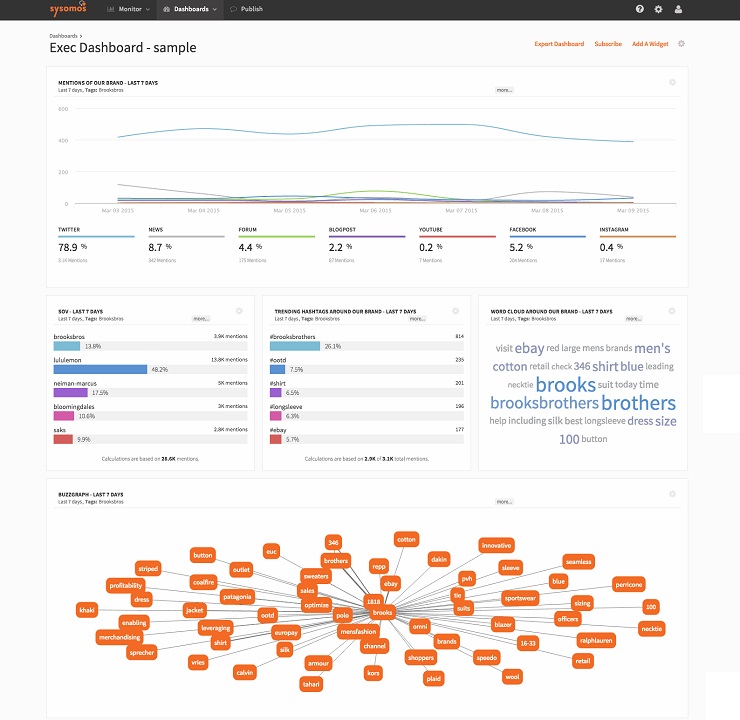Content marketing isn’t rocket science, but there’s a wrong and a right way to go about it. Do it wrong, and that’s a lot of time down the drain. Do it right, and it generates three times as many leads as traditional marketing. It’s definitely worth learning how to do content marketing the right way.
According to the Content Marketing Institute, brands that have adopted a content marketing strategy experience a conversion rate nearly six times higher than their competition that hasn’t.
Do you want to be one of these brands?
Who doesn’t love an awesome marketing strategy that converts more leads than the competition?
We definitely do. That’s why we’ve adopted a content marketing strategy that works. Here’s how you can do the same. Check out this content marketing infographic, and more details below:
Want to display this infographic on your site?
Embed this infographic into your website pages by copying and pasting the code below:
Building a Content Marketing Strategy that Works
Now let’s dig into the details. Follow these steps to learn what you’re doing wrong and what you’re doing right in your own content marketing strategy.
1. Create Content That Attracts a Specific Audience
Avoid generalization at all costs. Sure, it may feel better knowing that you’re talking to more people (high traffic and engagement numbers are appealing), but the more specific your message, the better.
Princeton Professor Edward Felten once said, “The problem with casting your net too wide is that you’ll inevitably catch something you don’t want to catch.”
In this case, the “something” that you don’t want to catch is an uninterested, ill-fitting lead. Broadening your content strategy to favor quantity over quality may cause you to spend time on people (and content) that just aren’t right for your business.
The purpose of content marketing is to attract, inform, and convert leads. Casting your net too wide will not only confuse your content’s purpose, it will also reel in an audience that doesn’t mesh well with what your company is offering.
Instead, zone in on who you’re targeting. Study your ideal audience and work to create content that resonates with them, ultimately pulling them into your product or service.
2. Create Content That Is the Best
Take a moment to write out your top five to 10 competitors. Then head to their websites, blogs, and/or social media accounts. Review their digital presence. Sign up for their email list (preferably with a personal email). Bookmark their blogs. Soak in their content.
Now, do better.
Strive to build in-depth, well-designed pieces that are genuinely better than what’s out there. And to know what’s out there, you need to stay up to date with what your competitors are doing.
When creating content, prioritize the research over the fluff. Hone your brand’s voice so that you can connect with your audience in a real, human way. Ensure your content is formatted and designed in a simple, easy-to-read way. Your aim should be to not only educate and enlighten, but also be a leading source of information for your audience.
If content isn’t your strong suit, look to outsource these projects to skilled writers and content marketers. This part of your marketing strategy isn’t a place to cut corners.
But be careful. Use your competition as a benchmark, not inspiration. As a small business, don’t lose your personality and authenticity.
3. Plan Your Content Meticulously
Creating the content may seem like it should be the bulk of the work, but it’s not. In fact, only 25% of your content marketing process should be dedicated to writing up the content.
The other 75% should be focused on planning and research.
Like every other part of your marketing strategy—whether direct, social media, traditional—your content marketing should be meticulously planned.
Research shows that marketers with a documented strategy tend to be more effective. The same goes for content marketing. Yet, only 40% of B2C and 37% of B2B marketers have ever drafted a plan.
Don’t be that marketer. If you’re struggling with how to go about the content planning process, check out this awesome one-page plan template. It’s great place to begin, and starting with this will already set you miles ahead of your competition.
Content marketing done right is strategized and planned, not created and shared on a whim. It’s a holistic process that’s contingent upon other parts of your marketing and business strategies.
4. Use Data to Drive Your Content
A lot of content marketers simply follow their guts without studying relevant, important data. Drive your content into the hands of your audience by learning which traffic sources, types of content, and content sharing techniques push visits and conversions.
Use these analytics to work smarter, not harder. Avoid the “post and pray” method by strategically aligning your content with data that proves it’ll be seen, consumed, and appreciated.
Does your business cater to an audience that appreciates numbers? Focus your content on data-heavy research and case studies that appeal to your target demographic.
Does your audience spend a lot of time on social media? Use a social monitoring technology like Sysomos to listen to conversation surrounding certain keywords and phrases. Fuel your content’s relevance and relatability with these snapshots.
Not sure what content is performing best on your website or blog? Employ a tool like Google Analytics to see where your audience is spending the most time and how they’re finding your content. Use that data to inspire future content and sharing strategies.
While data can inspire new directions for your content, don’t let it stunt your creativity or remove the human element from your content. Lastly, data can empower you to test and measure constantly. Don’t stop exploring just because you’ve found a format, program, or type of content that works well. Make sure your strategy remains agile enough to stand the test of time.
5. Focus on Quantity Over Quality
There’s a lot of content out there. Like, a ton.
Because the internet is always moving and shaking, even your best piece of content can be pushed down and away from someone’s newsfeed—and their mind.
Stay front-of-mind with your audience by revising and improving your existing articles on a regular basis.
Sure, it’s important to keep a thumb on the pulse of current events, trends, holidays, and news. This should satisfy a piece of your content marketing puzzle.
The other (bigger) piece of your content marketing puzzle should be filled with past content. Take a look at pieces you’ve published and shared in the past. What performed well? What didn’t? What kinds of engagement did you receive—any comments, shares, and backlinks?
Take your very best content and throw it back on the chopping block. If it was a time-sensitive piece, has anything changed that threatens its relevance and accuracy? Are there any new trends that would require an update?
A rule that many marketers forget is that, with content, “If it ain’t broke, don’t fix it.” While it’s great to keep producing fresh pieces, that doesn’t have to be your entire content marketing strategy. What’s worked in the past worked for a reason; that reason is worth studying and understanding.
And by staying on top of your past content, you may learn new insights on what they liked best.
Conclusion
Content marketing is more effective than traditional marketing channels, so it’s worth adopting for your business, and learning to do right. Entrepreneurs and small and mid-sized businesses, while tiny in size and stature, can especially leverage content marketing to form and nurture meaningful relationships with their audiences. And if done right, content marketing can bring about more leads than traditional channels.
How have you leveraged content in your marketing strategy? What’s worked for your business in the past? Are we missing any crucial pieces of the puzzle? Share with us in the comments below!



















